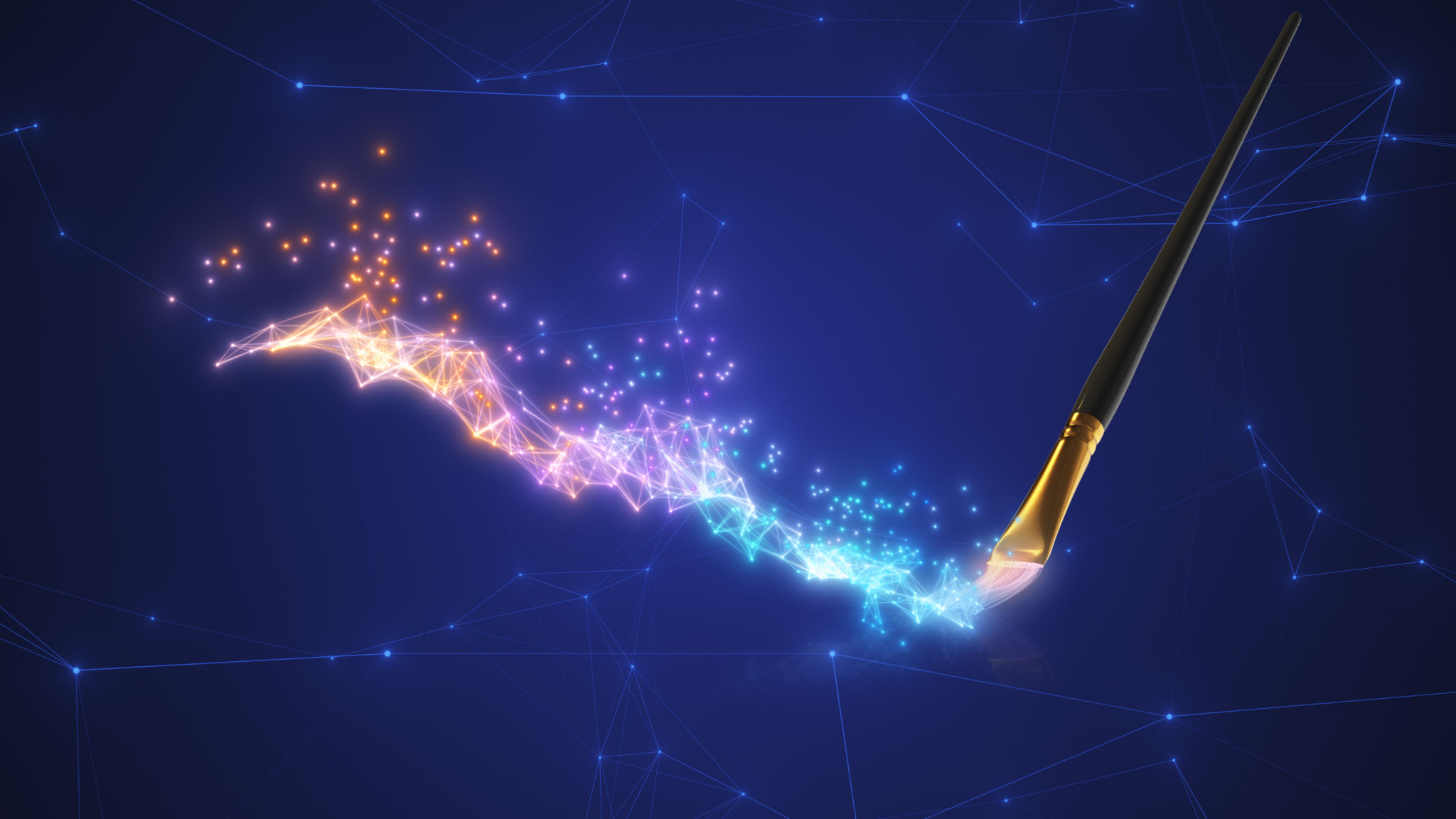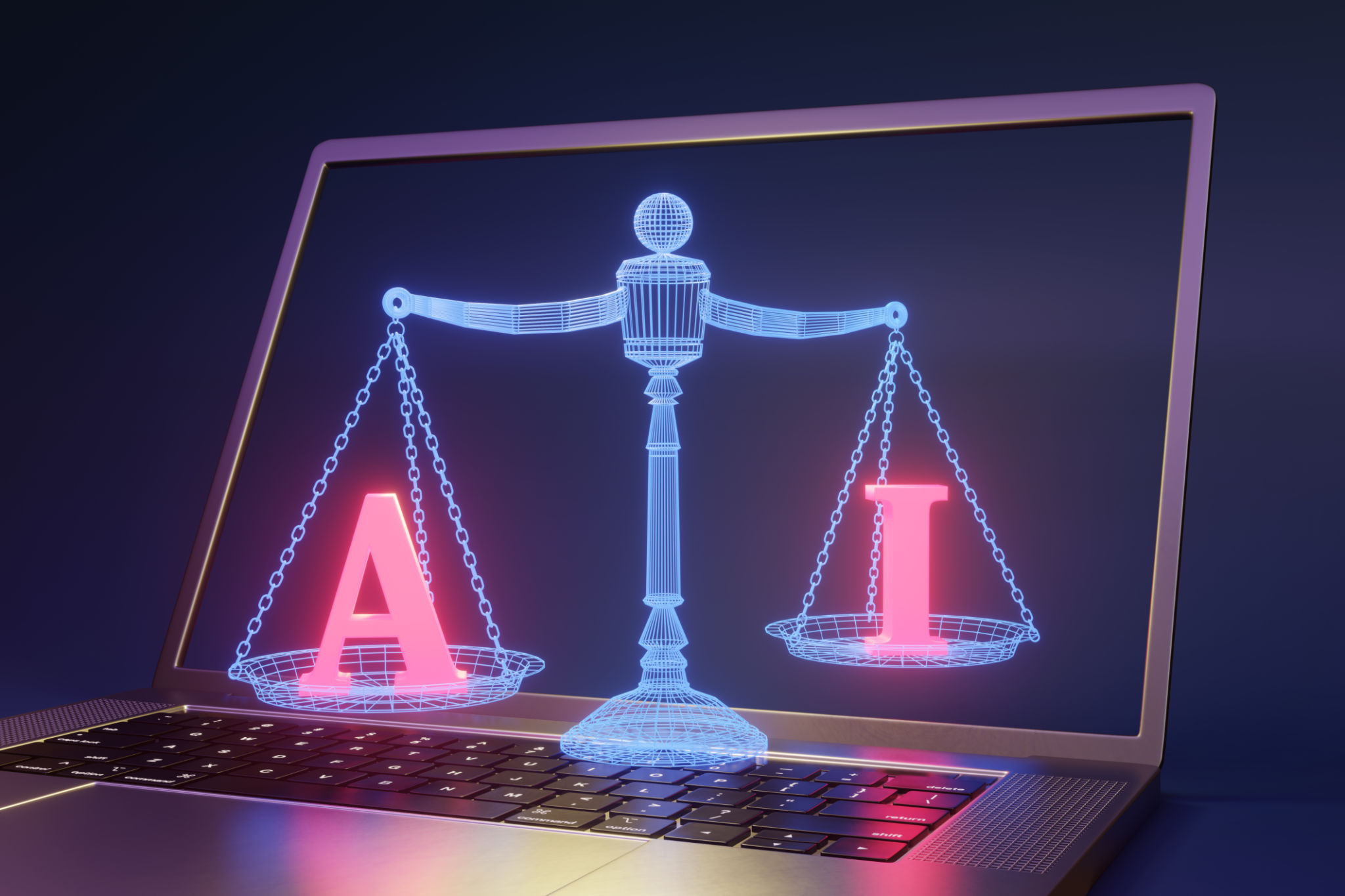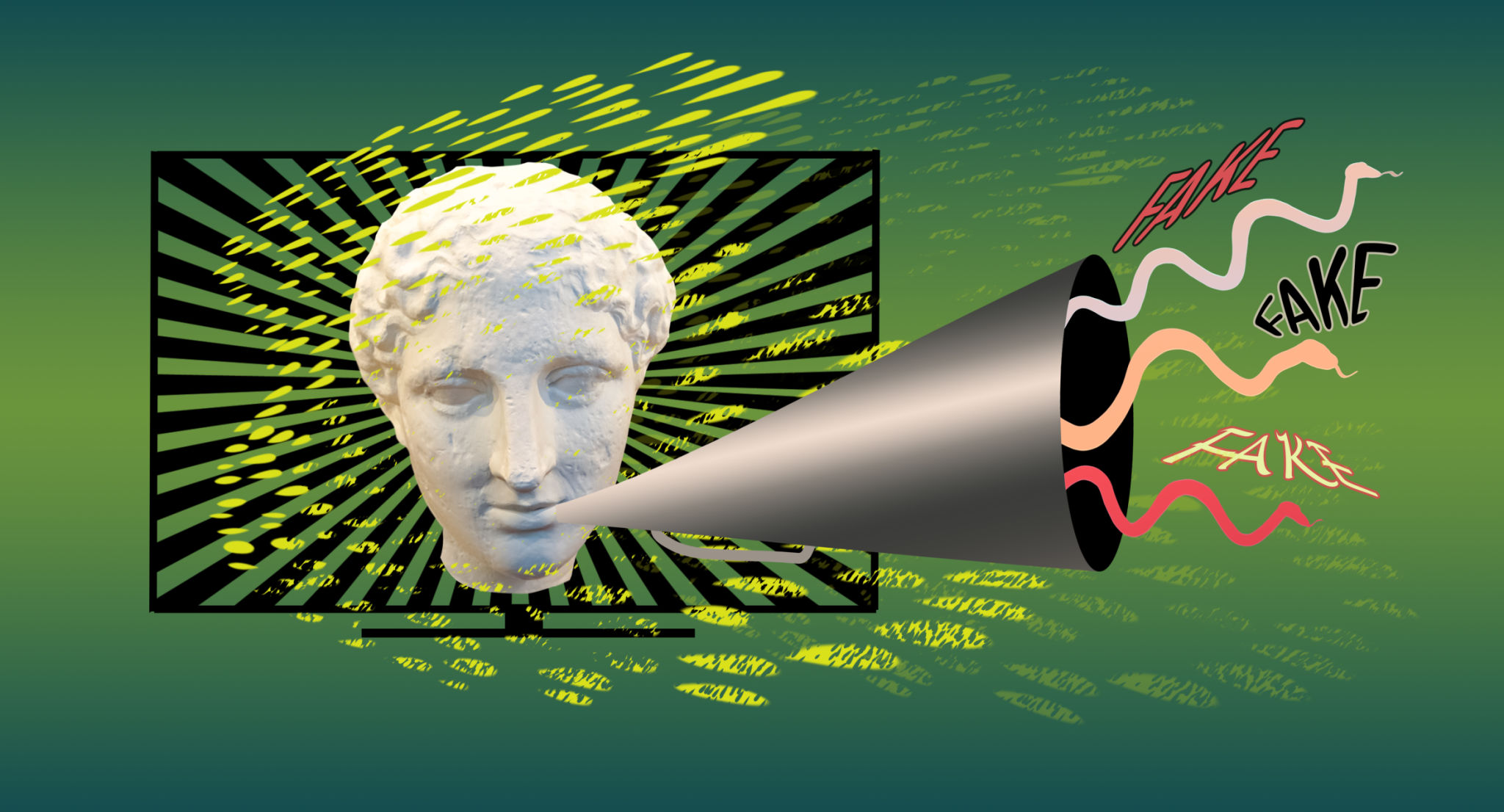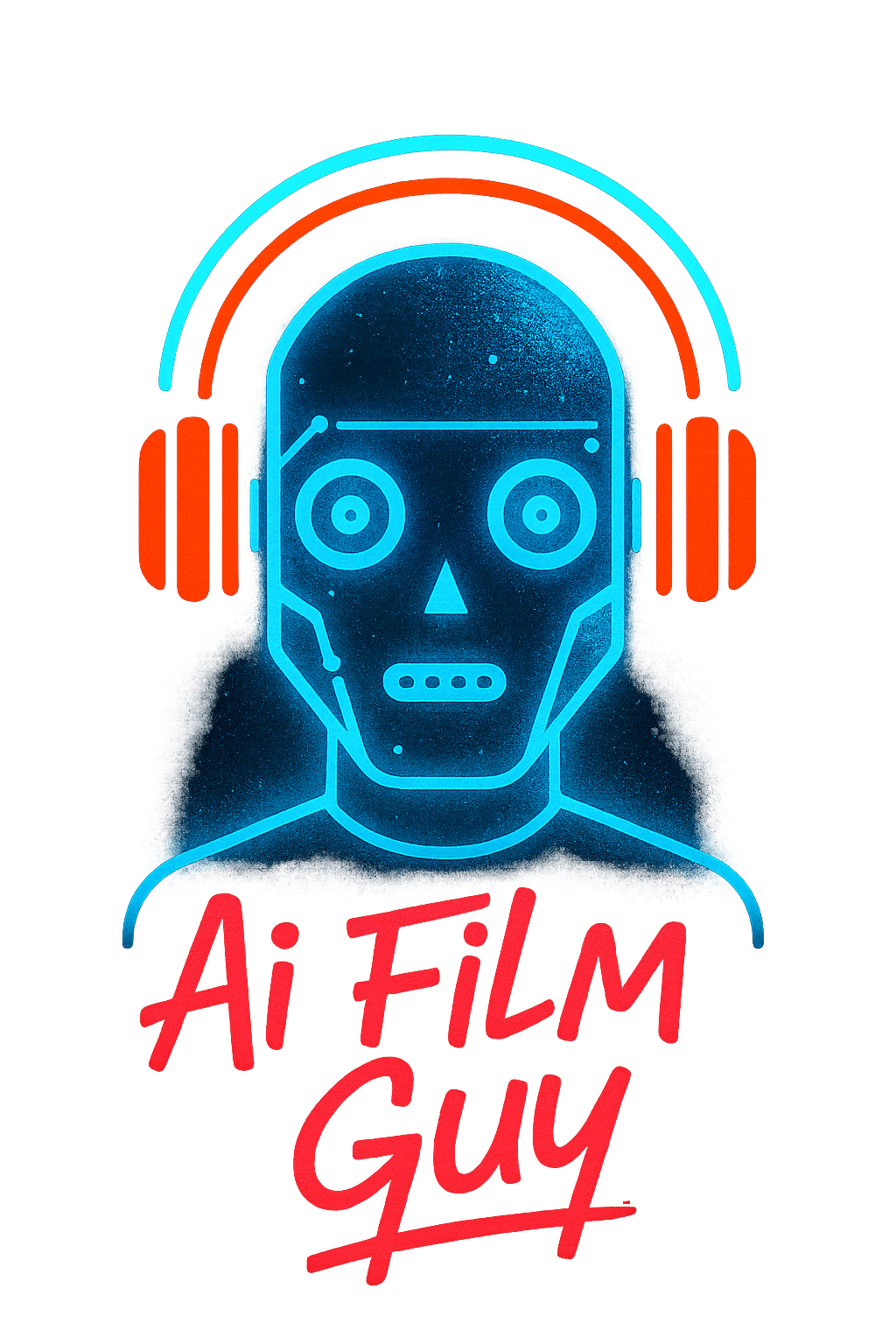The Future of Art: AI's Impact Over the Next Decade
JS
The Intersection of Art and Technology
As we move into the next decade, the intersection of art and technology is becoming increasingly significant. Artificial Intelligence (AI) is at the forefront of this evolution, transforming how art is created, distributed, and appreciated. This technological advancement is not only reshaping traditional art forms but also paving the way for new, innovative expressions of creativity.
AI's integration into the art world has opened endless possibilities. Artists and technologists alike are exploring how machine learning algorithms can produce compelling visual art, music, and even literature. As AI continues to evolve, its impact on art will only become more profound.

AI as a Creative Collaborator
One of the most exciting aspects of AI in art is its role as a creative collaborator. Rather than replacing human artists, AI tools are being used to augment human creativity. Artists can input data or parameters into AI systems, which then generate unique pieces of art that reflect both human intent and machine innovation.
This collaboration between humans and machines is fostering a new form of artistic expression. For instance, musicians are using AI to compose music, while visual artists employ AI to generate complex patterns and designs. This synergy is leading to groundbreaking works that challenge our understanding of creativity itself.
Democratization of Art Creation
AI's impact extends beyond professional artists; it is democratizing art creation. With user-friendly AI tools, individuals without formal training can engage in artistic endeavors. Applications that offer AI-generated art filters or automatic music composition make it easier for anyone to explore their creative potential.
This democratization is expanding the art community, allowing more people to participate in and appreciate the arts. The accessibility of these tools is also fostering a diverse range of artistic voices and styles, making the art world more inclusive.

Challenges and Ethical Considerations
Despite its many benefits, AI's impact on art also raises ethical considerations. One major concern is authorship and ownership. When AI generates art, questions arise about who owns the rights to these creations. Additionally, there are concerns about the potential loss of traditional artistic skills as technology takes on a larger role in the creative process.
Another challenge is the risk of homogenization in art. If artists rely heavily on AI algorithms, there could be a decrease in diversity and originality in artistic expressions. It is crucial for artists and technologists to address these issues to ensure that AI enhances rather than diminishes the richness of the art world.

The Future Landscape
Looking ahead, the future landscape of art promises to be a dynamic fusion of human creativity and AI innovation. As technology advances, we can expect AI to become even more sophisticated and integrated into artistic practices. This evolution will likely lead to new genres and styles that we cannot yet imagine.
Artists will continue to push the boundaries of what is possible with AI, exploring not only visual and auditory arts but also immersive experiences through augmented reality (AR) and virtual reality (VR). These technologies offer exciting opportunities for audiences to engage with art in interactive and meaningful ways.
Conclusion: Embracing the Change
The next decade holds immense potential for the transformation of art through AI. As we navigate this evolving landscape, it is essential to embrace these changes while critically examining their implications. By harnessing the power of AI responsibly, the art world can thrive, continuing to inspire and connect people across cultures and generations.
